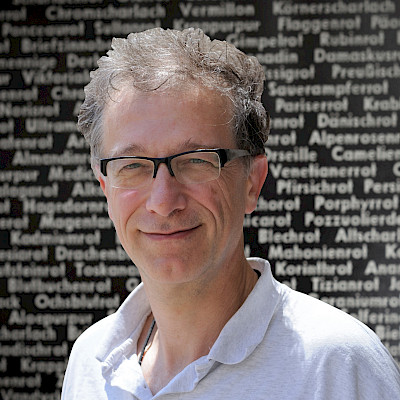François Queyrel is Professor of Greek Archaeology at the Ecole pratique des Hautes Etudes (Paris) since 1996. He was member of the École française d’Athènes (1981-1985) and member of the Institute of Advanced Study, School for Historical Studies in Princeton (1999). He is corresponding member of the German Archaeological Institute (2004).
He has published mainly on Greek art from the Classical to the Roman periods with a special interest on sculpture and its reception.
Strategies of distinction: The example of the portraits of Delos
The ancient portraits represent an important communication element of ancient society and therefore prove to be a fertile field of archaeological-historical research. The creation of a portrait statue is an expression of the special honor: the statue is a sign of recognition for the work of the sitter - be it on the part of private donors or the entire community. The permanent presence of the statue in public space guarantees a lasting reminder of these achievements. The private portraits represent a lesser-known variant of the same memory phenomenon: Here, too, the client turns to an audience because the portrait is intended to keep his memory alive at home. It therefore seems interesting to compare the two aspects of this phenomenon, with Hellenistic Delos proving particularly promising. This is especially true for the end of the Hellenistic period. The Delian portraits are mostly marble works from the late Hellenistic period, which is known to have brought with it the gradual subjugation of the Greek Orient by Rome. The bronze sculpture that once prevailed in public space is almost completely lost. However, an examination of the surviving inscription-bearing statue bases will be able to Studies on the visibility and the immediate environment of the portraits will be able to open up the dominance of the images and their possible competition. These few examples illustrate the complexity associated with questions of the visibility of portrait statues. The study of the layout modalities identifies public space as a model for the foundations of private statues. The viewers of the pictures are thus not divided into two categories, depending on whether the picture context was private or public. It remains to ask for the symbolic role models of this memorialisation, whereby an analysis of the relevant reference system is to be made; the stylistic analysis will be done in this point of view.
